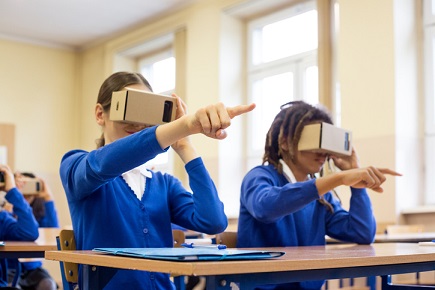
Teachers can weave “help” into the fabric of their classrooms by setting up structures, habits, and routines that allow students to think deeply about and access the support they need.
To explore this practice further, Harvard University’s Usable Knowledge referred to a new book by teaching and learning expert, Rhonda Bondie and her co-author Akane Zusho.
In the book – titled ‘Differentiated Instruction Made Practical: Engaging the Extremes through Classroom Routines’ – Bondie and Zusho explain that this approach centers on establishing three tiers of help resources.
These tiers, called general help, specific help, and individualized help, give students a variety of strategies to deepen their learning.
Each tier can be appropriate for every student, depending on circumstances; general help resources are not only for high-achievers, nor is individualized help only for struggling students. All students can benefit from differentiated instruction.
General help resources are accessible to all students at all (or most) times.
They are the everyday things in your classroom: information on the wall, books, materials and tools and people. The idea is for all students to consciously understand that these resources are readily available.
Most students use at least some of these resources periodically, whether intentionally (looking up a subject in a reference book) or unintentionally (reading vocabulary words on the wall as they search for ideas).
By designating these materials as “general help resources,” teachers can show students that they are placed there specifically to help students learn – and that students can turn to them (without relinquishing agency or fearing embarrassment) when the first indications of “I need help” appear in their minds.
One practical tip that Usable Knowledge shared from the book was for teachers to set up a “help station” that students can visit anytime they’re working independently or in groups.
The station can include computers showing videos on the subject, face-down answer sheets where students can check their work, and sample problems for students to study.


